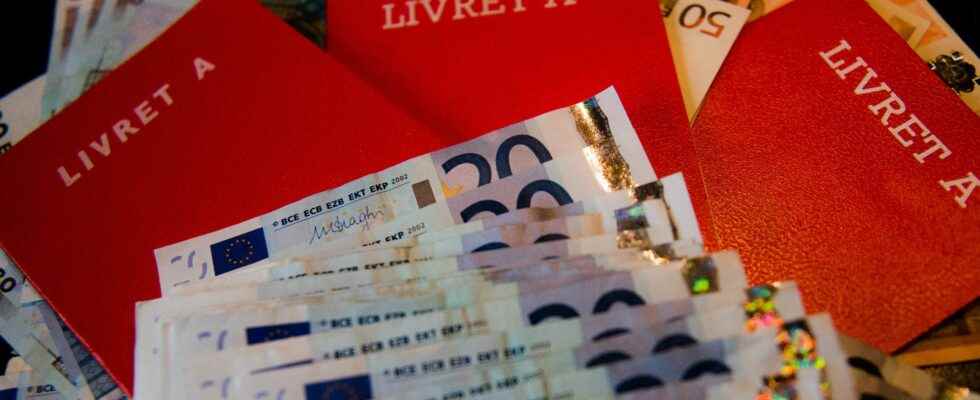This is one of the rare positive effects of inflation for tens of millions of savers: the new Livret A rate unveiled this Friday, January 13 at midday was raised from 2 to 3%. An unprecedented level since 2009 but still significantly lower than the rise in consumer prices which reached 5.2% on average in 2022 in France, according to the National Institute of Statistics and Economic Studies (Insee). Calculated on the basis of a formula taking into account inflation and interbank rates, at which banks exchange short-term money, the Livret A rate, applicable on February 1, was announced by the Governor of the Banque de France then formalized by the Minister of Economy and Finance, Bruno Le Maire.
While it could theoretically have reached 3.3%, François Villeroy de Galhau invokes in a press release “exceptional circumstances” to justify a slightly lower rate. That of the People’s Savings Book (LEP), reserved for the most modest, should meanwhile jump from 4.6% to 6.1%.
This will therefore be the third time that the savings account rate, the most popular investment in France, has increased in one year. While it was at its lowest level of 0.5% last year, it doubled for the first time on February 1, 2022 and then again on August 1, to reach 2%.
For several weeks now, the Governor of the Banque de France, François Villeroy de Galhau, has been talking about a “significant” increase. But he held Wednesday to temper the ardor of the most optimistic, stressing before the Senate Finance Committee that his recommendation “should take into account in its few adjustment possibilities the good balance between the fair remuneration of popular savings and the preservation of a reasonable cost of financing our economy, including social housing in particular”.
Positive effects for savers… to be put into perspective
The Livret A is very popular with the French. According to the Regulated Savings Observatory, in 2021, more than four out of five French people held one, or 55 million people. Indeed, these investments have everything to please: in addition to having a high ceiling – 22,950 euros – they offer a guaranteed interest rate, are exempt from income tax and social security contributions and the money deposited remains available at any time. In fact, the French should therefore receive higher interest at the end of 2023. Thus with a rate of more than 3%, a saver having 10,000 euros on his Livret A, the gain in a full year would therefore be of 320 or 330 euros respectively, against 200 euros at the current rate.
However, this gain must be qualified when the effects of inflation are taken into account. For the director of economic studies at the IESEG business school, Eric Dior, savers should even continue to lose purchasing power on their savings in 2023. “Inflation of 5.9% as in December 2022, assuming that it persists, implies that what costs 1000 euros today will cost 1059 euros after one year. But 1000 euros saved on a livret A, at the rate of 3%, become only 1030 euros after one year. So, after one year , even after having received the interest of 30 euros, savers can no longer afford all that they could afford at the start with their 1000 euros”, reads a note published this Thursday by IESEG.
A loss of purchasing power which will be felt all the more among low incomes details the note. “The consumer price index is an average of the prices of the various goods and services that can be purchased, weighted by their shares in total household expenditure. The weights used are therefore those of the population average”. However, for low-income households, the share of energy products – the most affected by the rise in prices – is very high. “The inflation rate to which people with modest incomes are really exposed is therefore higher than the official one”, deduces Eric Dior.
A salty note for financial players
This news is not very well received by financial players either. Because the cost of the livret A will logically be higher for the latter: remunerating 500 billion euros at just over 3% per year means serving more than 15 billion euros in a full year, six times more than a year at 0.5% like 2021. An invoice that will be felt in the accounts of the Caisse de dépôts, which centralizes part of this sum.
The banks also fear “that such an increase in the rate of the livret A would make it very attractive and encourage too many savers to turn away from insurance investments”, says Eric Dior, director of economic studies at the IESEG business school. at AFP. Among the returns announced since the beginning of the year by the managers of the euro funds in life insurance, none has yet reached the 3% mark.
